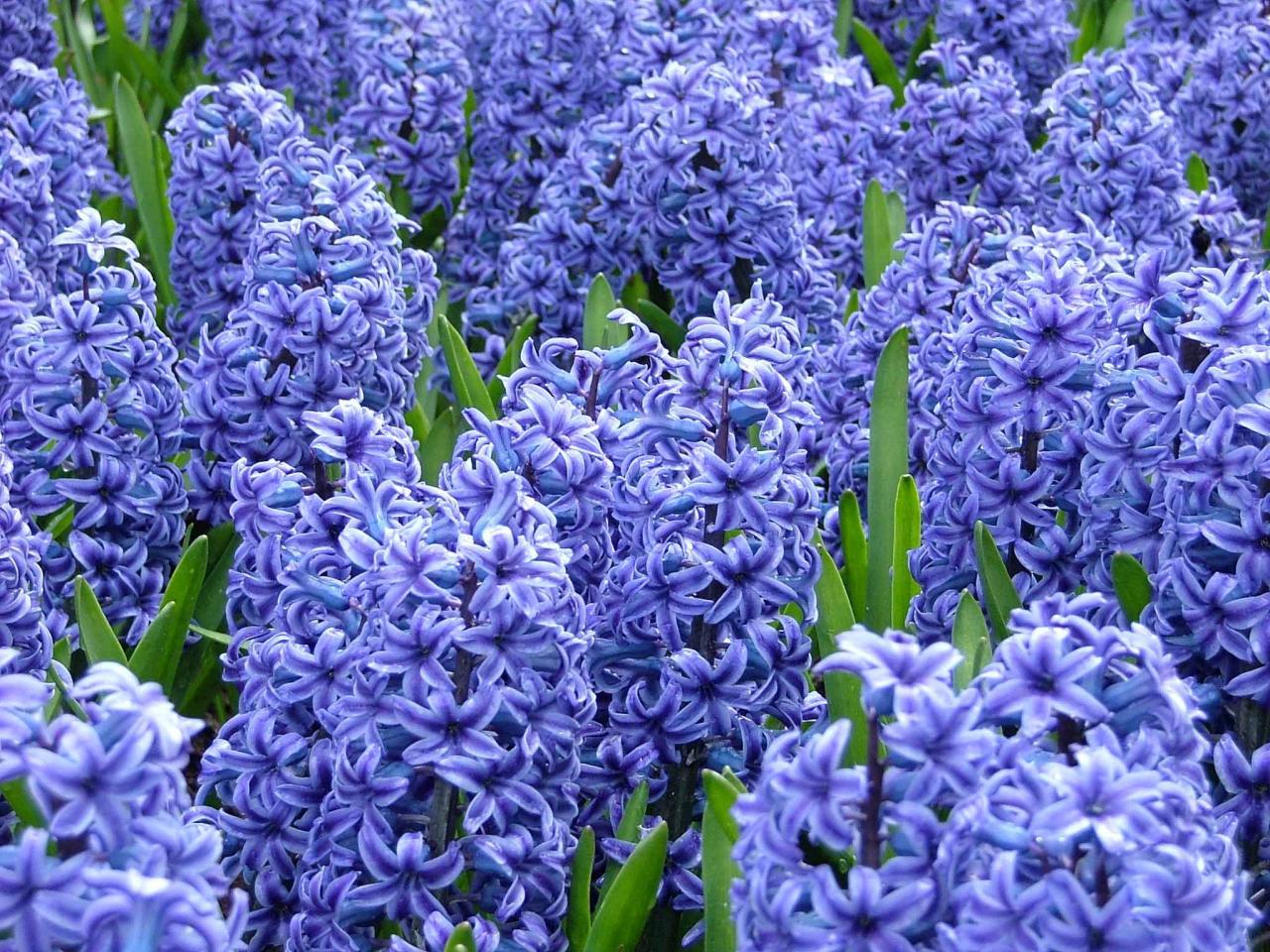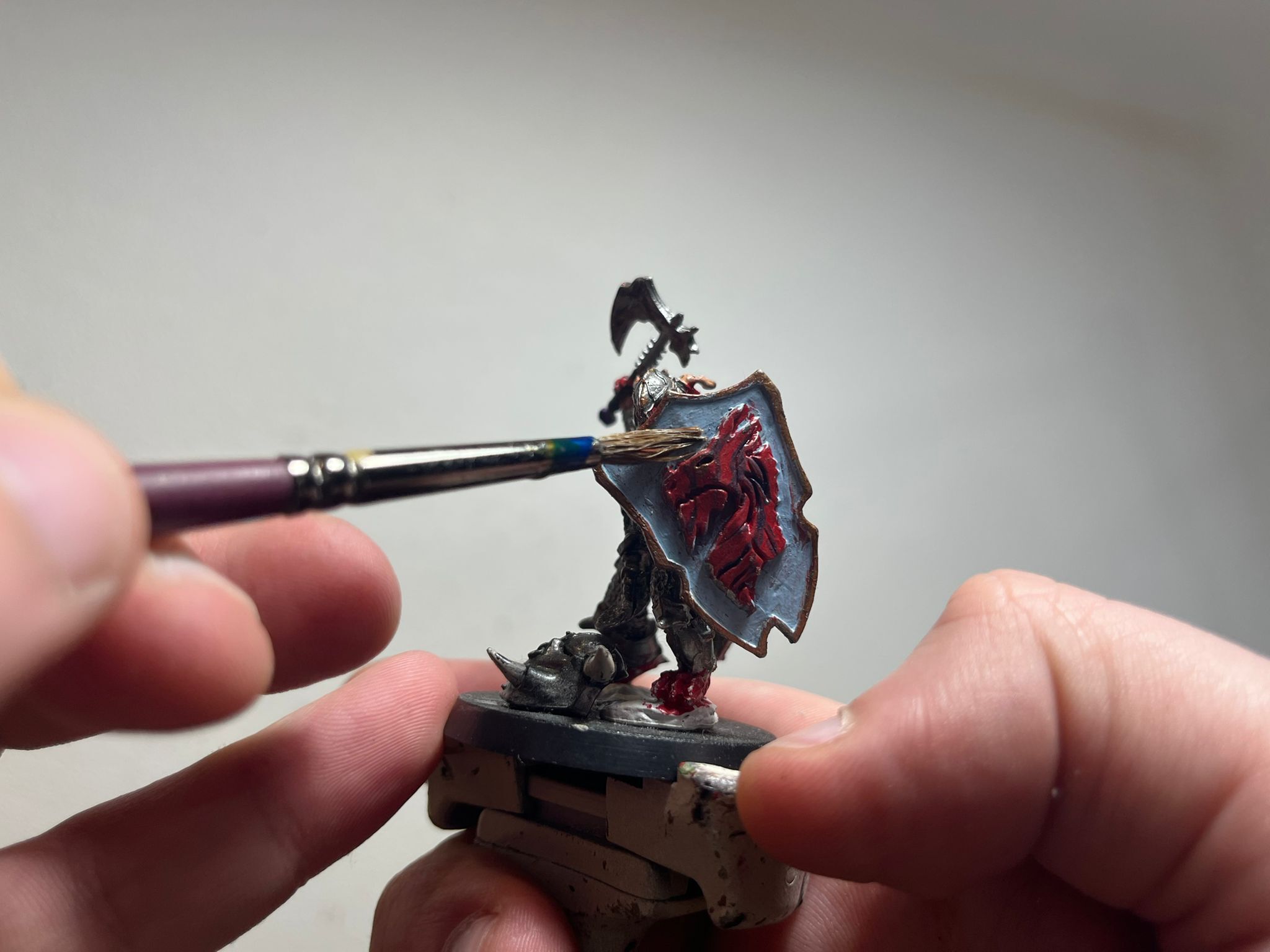
Hyacinths are not just beautiful flowers with captivating colors and a mesmerizing fragrance. These charming blooms have a rich history and are surrounded by fascinating facts that are sure to pique your interest. Whether you are a plant enthusiast or simply curious about the wonders of nature, learning more about hyacinths is bound to surprise and delight you. From their ancient Greek origins to their symbolism and cultural significance, hyacinths have garnered attention throughout the centuries. In this article, we will explore 17 captivating facts about hyacinths that will deepen your appreciation for these delightful flowers. So, let’s dive in and uncover the hidden secrets and intriguing characteristics of these enchanting plants.
Key Takeaways:
- Hyacinths are vibrant, easy-to-grow flowers symbolizing love and new beginnings. Their mesmerizing fragrance and rich colors attract pollinators and bring joy to gardens and homes.
- With origins in Greek mythology, hyacinths have cultural significance and diverse uses. From medicinal properties to long-lasting cut flowers, these delightful blooms add beauty and symbolism to our lives.
Origins of the Name
The name “hyacinth” is derived from the Greek word “hyakinthos,” which is also the name of a divine youth in Greek mythology. According to the legend, the flower of hyacinth is said to have grown from the blood of Hyacinthus, a youth loved by the god Apollo.
Flower Symbolism
Hyacinth flowers are often associated with sincerity and playfulness. These delicate blooms are a popular choice for expressing heartfelt emotions and are often used to convey messages of love, joy, and gratitude.
Rich Variety of Colors
The hyacinth plant offers a wide array of vibrant colors, including shades of purple, pink, blue, white, and yellow. Each color variation possesses its own unique charm, making hyacinths a visually stunning addition to any garden or floral arrangement.
Mesmerizing Fragrance
One of the most distinctive features of hyacinth flowers is their enchanting fragrance. The sweet and intoxicating scent of hyacinths is often described as a delightful blend of floral and fruity notes, creating a captivating sensory experience.
Springtime Blooms
Hyacinths are synonymous with springtime, as they typically bloom during this season. Their appearance heralds the arrival of warmer weather and serves as a symbol of renewal and growth after the cold winter months.
Sun-Loving Plants
Hyacinths thrive in full sunlight, making them a perfect choice for gardens and outdoor spaces that receive ample sunlight. The direct exposure to sunlight enhances the growth and blooming of these beautiful flowers.
Easy to Grow
Even if you don’t possess a green thumb, you can still enjoy the beauty of hyacinth flowers. These plants are relatively easy to grow and require minimal maintenance. With the right soil, proper watering, and adequate sunlight, you can watch them flourish effortlessly.
Symbol of Rebirth
In many cultures, hyacinths are considered a symbol of rebirth and new beginnings. They represent the cyclical nature of life and the endless possibilities that each new season brings.
Medicinal Uses
Hyacinths have been used in traditional medicine for centuries due to their believed medicinal properties. Historically, they have been used to alleviate coughs, ease digestive issues, and even as a natural diuretic.
Aromatic Essential Oils
Extracts from hyacinth flowers are used to produce aromatic essential oils. These oils find applications in perfumes, aromatherapy, and skincare products, adding a touch of the beautiful hyacinth fragrance to various items.
Pollinator Attraction
The vibrant colors and alluring fragrance of hyacinth flowers act as magnets for pollinators such as bees and butterflies. Their enticing scent and bright petals attract these beneficial creatures, aiding in the pollination process.
Cultural Significance
Hyacinths have held cultural significance throughout history. They have been featured in art, literature, and mythology, symbolizing love, beauty, and various aspects of human emotions.
Long-Lasting Cut Flowers
When used as cut flowers, hyacinths have impressive longevity. With proper care, they can remain fresh and vibrant in a vase for up to two weeks, bringing beauty and fragrance into your home.
Winter Forcing
Hyacinth bulbs are well-known for their ability to be forced into early bloom during the winter months. By providing them with the right conditions, such as cool temperatures and darkness, these bulbs can be encouraged to bloom much earlier than their natural season.
Symbolism of Sportsmanship
In the ancient Greek Olympics, the winner of a particular athletic event would receive a crown of hyacinth flowers as a symbol of victory and sportsmanship.
Hyacinth Honey
Bees that feed on hyacinth nectar produce a unique type of honey with a distinct flavor and aroma. Hyacinth honey is highly prized and sought after by honey enthusiasts for its delightful taste.
Diverse Garden Use
Hyacinths are versatile plants that can be used in various garden settings. They can be planted in beds, borders, containers, or even grown as indoor plants, adding a touch of elegance and color wherever they are placed.
From their fascinating mythology and delightful fragrance to their vibrant colors and cultural significance, hyacinths truly are remarkable flowers. Whether you grow them in your garden or appreciate them as cut flowers, these stunning blooms are sure to bring joy and beauty into your life.
Conclusion
Hyacinths are beautiful and captivating flowers that have a rich history and interesting characteristics. From their symbolism to their wide range of colors and lovely fragrance, hyacinths have been adored by flower enthusiasts for centuries. Whether you choose to grow them in your garden or display them in a vase, hyacinths are sure to bring a touch of beauty and elegance to any setting. With their versatility and unique features, it’s no wonder that hyacinths continue to be a favorite among plant lovers worldwide.
FAQs
1. How long do hyacinths bloom?
Hyacinths typically bloom for about 1-2 weeks, depending on the growing conditions and variety. However, their vibrant and fragrant flowers make them well worth the wait.
2. Are hyacinths easy to grow?
Yes, hyacinths are relatively easy to grow. They require well-drained soil and prefer full sun or partial shade. Planting them in the fall will allow them to establish roots before the winter, and they will bloom in the spring.
3. Can hyacinths be grown indoors?
Yes, hyacinths can be grown indoors. They are commonly forced to bloom indoors during the winter months, bringing a burst of color and fragrance to any indoor space.
4. Are hyacinths toxic?
Yes, hyacinths are toxic to humans and pets if ingested. It’s important to keep them out of reach from children and animals to prevent any accidental consumption.
5. Can hyacinths be divided?
Yes, hyacinths can be divided once they have finished blooming and the foliage has died back. Gently lift the bulbs from the ground, separate them, and replant them at the desired spacing.
6. How do I store hyacinth bulbs?
After the foliage has died back, carefully dig up the bulbs and allow them to dry in a cool, well-ventilated area. Once dry, remove any loose soil and store them in a cool, dry place until it’s time to plant them again in the fall.
Was this page helpful?
Our commitment to delivering trustworthy and engaging content is at the heart of what we do. Each fact on our site is contributed by real users like you, bringing a wealth of diverse insights and information. To ensure the highest standards of accuracy and reliability, our dedicated editors meticulously review each submission. This process guarantees that the facts we share are not only fascinating but also credible. Trust in our commitment to quality and authenticity as you explore and learn with us.


